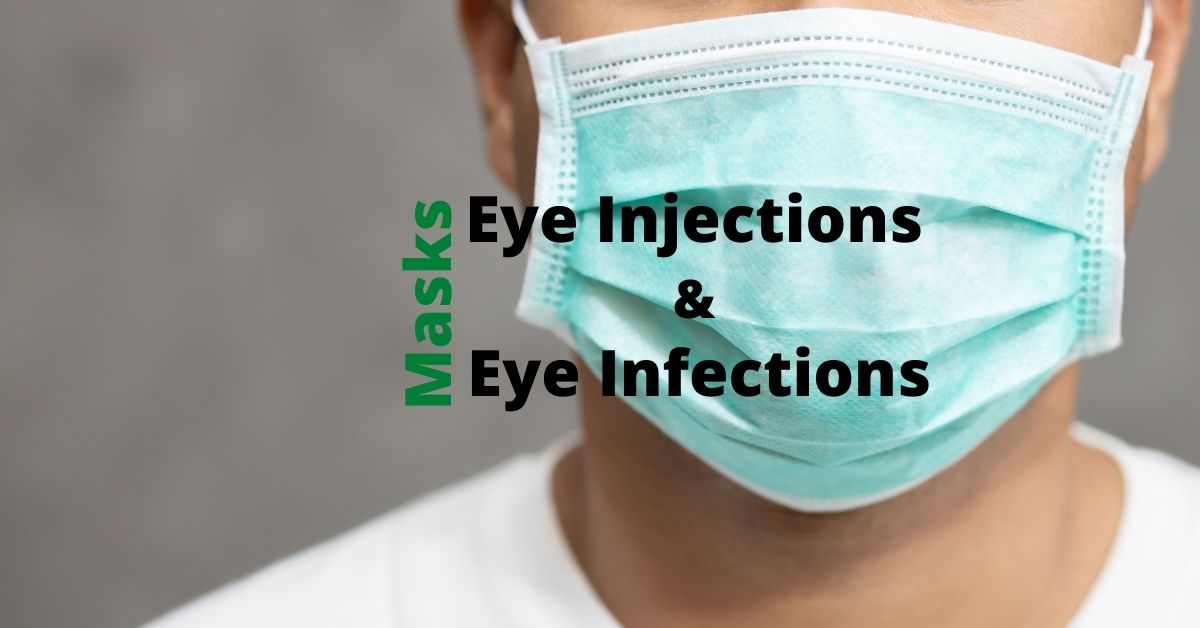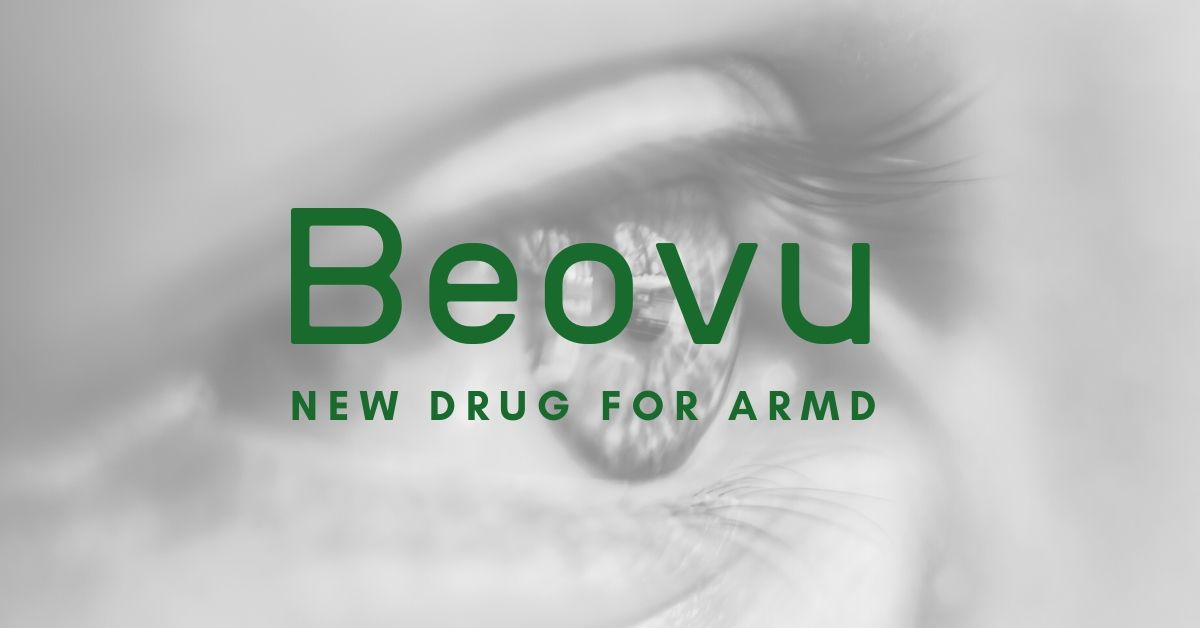Diabetic macular edema (DME) is a condition characterized by the accumulation of fluid in the macula, the central part of the retina responsible for sharp, detailed vision. It is a common complication of diabetic retinopathy, a disease affecting the blood vessels of the retina. The management of diabetic macular edema (DME) involves various treatment approaches aimed at reducing macular edema and preserving vision.
Anti-VEGF Injections – Treatment of Diabetic Macular Edema
One of the primary treatment options for DME is intravitreal injections of anti-vascular endothelial growth factor (anti-VEGF) medications. Drugs like ranibizumab, bevacizumab, and aflibercept are commonly used to inhibit the abnormal growth of blood vessels and reduce leakage, thus decreasing macular edema. These injections are typically administered on a monthly or as-needed basis, with the aim of improving visual acuity and reducing central retinal thickness.
Steroids for Diabetic Macular Edema
Another treatment modality for DME is the use of corticosteroids. Intravitreal injections of triamcinolone acetonide or dexamethasone implants can help suppress inflammation and reduce fluid accumulation in the macula. These steroid injections are usually performed at longer intervals compared to anti-VEGF agents due to their sustained-release properties.
In some cases, laser photocoagulation may be employed to treat DME. Focal laser treatment can be used to seal leaking blood vessels and reduce fluid accumulation. However, this approach is typically reserved for cases where the edema is away from the central macula to avoid damaging central vision.
New Treatments
Recently, a new class of medications called integrin receptor antagonists has shown promise in the treatment of DME. These drugs, such as pegpleranib and abicipar, target specific proteins involved in the pathogenesis of macular edema and are administered via intravitreal injections.
In addition to these specific treatments, managing the underlying diabetes is crucial in preventing and managing DME. Maintaining optimal blood sugar control, blood pressure, and cholesterol levels can help reduce the risk and progression of DME.
Regular eye examinations and early detection of DME are essential for timely intervention and optimal outcomes. Treatment options should be individualized based on the severity of the edema, visual impairment, and patient characteristics. By employing a combination of these treatment modalities and a comprehensive approach to diabetes management, healthcare professionals can improve visual outcomes and enhance the quality of life for individuals living with DME.
If you would like to schedule an appointment, please call us (877) 245.2020.




